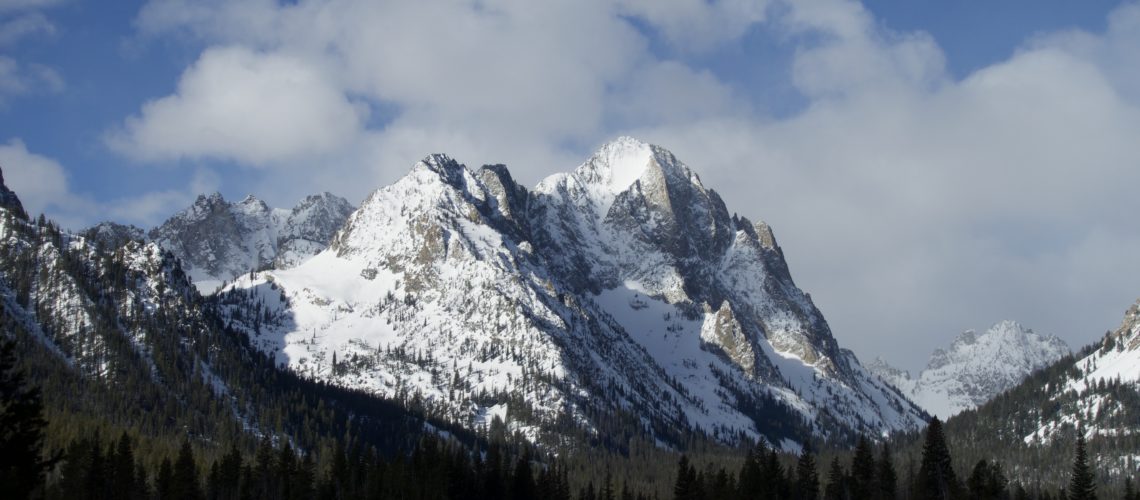
Last year I was asked to speak at the USAW (Utah Snow and Avalanche Workshop). I don’t think the presentation went very well, I tried to pack too much in, my delivery was poor and I was cut short on time. This was very disappointing because I really enjoyed diving into some of the concepts and ideas on and around avalanches. I decided to keep writing and expanding on the presentation and breaking it down into shorter articles. Here is the first piece, called Objectively Speaking, thoughts on skiing specific objectives “safely”.
For 10 years I made backcountry ski films with Powderwhore Productions. I’ve been on the cover of Powder Magazine, skied all the lines in the Chuting Gallery, I’m halfway through the “50 Classic Ski Descents of North America”, I’ve skied first descents, guided and shot skiing videos and ski photos all over the planet, and I’ve personally enjoyed over 1,374,892 face shots (yes, I’ve been counting) :).
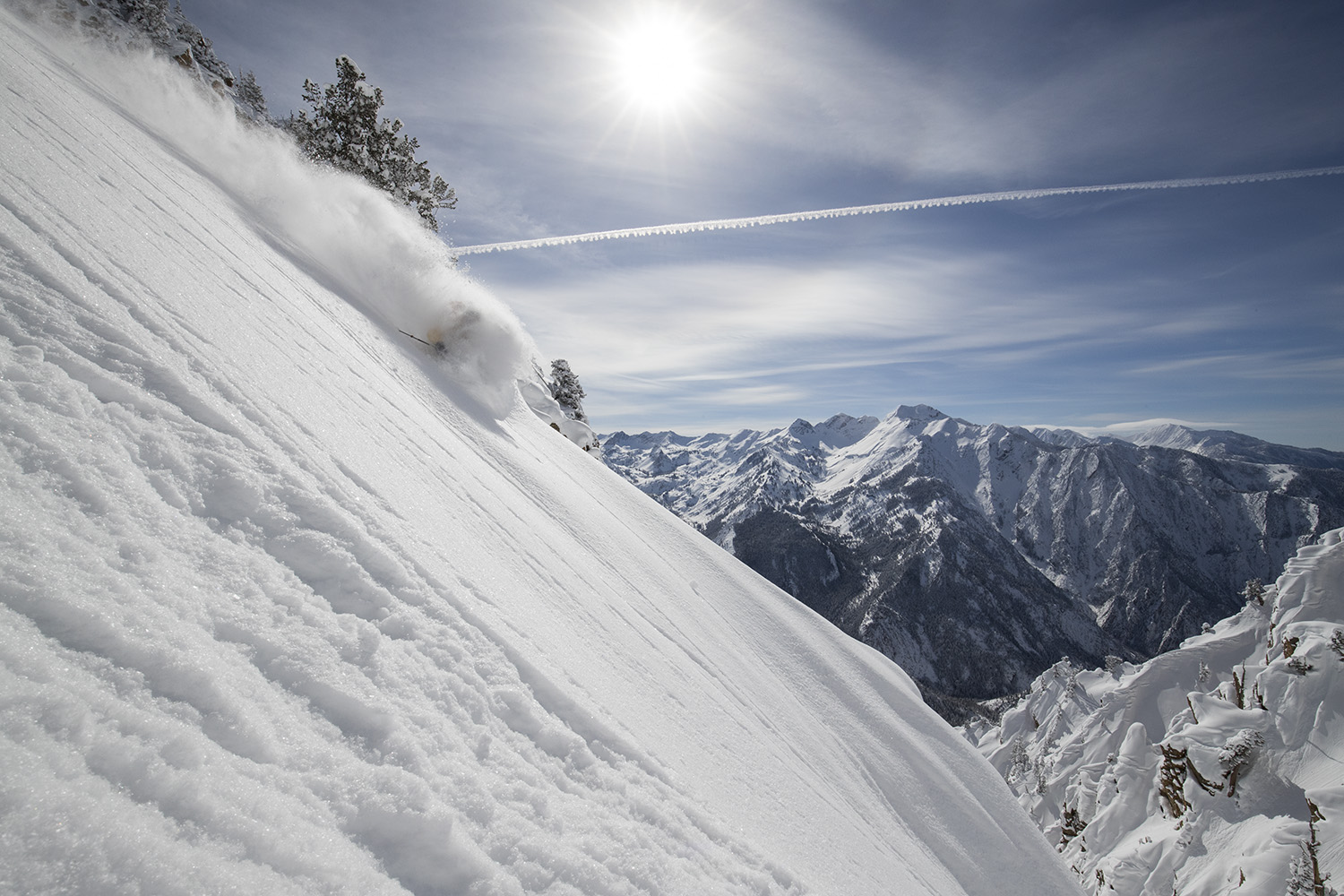
Faceshot #1,276,523 in the Whipple Couloir, photo:Adam Clark
I’m proud of all that shit I listed above and it’s been fulfilling on all the levels, both to my enormous ego and to my soul, but I’m not just bragging here—my point is that I’ve spent a lot of time taming dragons, doing stupid things and skiing in many different snowpacks and mountain ranges with a wide range of partners. And with all that, the feat I’m most proud of is that I’ve never lost someone to an avalanche fatality. I’ve never had to dig anyone out of a full burial (knocking on all the wood). I feel extremely grateful for this. I don’t know that I would continue to play the game if I ever did have to go through that loss. There have been some close calls no doubt. And I know that half of it is just pure luck, but what’s the other half?………. it’s actually also probably luck. But, maybe there are some concepts and other practices involved in the mix. Here are some things I believe have allowed me to play in the mountains and tag specific objectives.
(Ben Peters geared up for battle with a grand objective, the Grand Teton itself)
Conditions first, objective second-
When I first started ski touring way back in the day, it was pretty simple. We’d call into the avalanche hotline, find out what was the least likely aspect to avalanche and then go ski that aspect. As I explored more terrain and skied more lines, the appetite grew and certain objectives got added to the list. I continued to operate in that only when conditions aligned would those bigger lines get skied. This almost sounds too simple and stupid to be writing, but that simple shift of knowing what conditions are and then choosing lines from you list can keep you out of trouble. What are conditions like today? Where are the safe aspects and elevations to operate? And THEN look at which lines on your tick list fit within the current conditions. It’s a subtle shift in come from, but it makes a big difference.
When I started the project to ski the lines in the Chuting Gallery it was easy because I had 90 lines with many different aspects and elevations to choose from and when the days and conditions were good for south facing, I skied south facing lines. As the list got smaller and smaller it became harder and harder to line up the conditions because all I had left were lines on the often dangerous northeast aspect right where we were having instability in the snowpack. There were several days where I tiptoed out onto stuff trying to force it to work, once in a blizzard and once on rock hard snow instead wasting time and tickling danger.
If every day you’re waking up and thinking about a single line, it can be easy to end up talking yourself into it. “Maybe it wasn’t as windy up there as they forecast”. “It’s probably manageable if we get a ski cut in from the top”, etc. The mountains are not the place to force your will, line up your goals with what’s going on in the hills.
(Scrambling up the North Ridge of the Pfeifferhorn, photo Jason Dorais)
Patience
This is the hardest principle for me, I’m not very good at being patient. The reality is there is a time and a place to ski all things, but it might not be today, this season, or even next year. If all you want to do is ski steep lines and big peaks you won’t last long. Find complimentary hobbies and diversions while you wait. Learn to love meadow-skipping powder (not very hard), cross country skiing, or to the ski resort or even use the gym to work on your fitness when the conditions aren’t in. This is all good time to use your mental powers to imagine and plan. Imagination is huge in working into the unknown and for preparing for steep and scary stuff. While you’re training and waiting, let the fire build inside, and then strike when it’s finally time. Consider it all foreplay in a long term relationship. This is actually a very fun and rewarding part of the process, when things finally do fill in and line up and you nail it. I’ve had countless false starts and failed attempts that led me to develop some form of patience. I’m currently 0-2 on Split Mountain in the Sierra and though they were some really long drives, long approaches and tough beat downs, it’s just become a joke between my friend Louis and I. Third time might be a charm, or it might not, I’m fine either way as long as I live to ski another day.
(Bailing off of Split Mountain after trying our best to climb slippery and smooth granite. Photo= Louis Arevalo)
Stay present, be aware.
Be aware! This is probably the most important and hardest to maintain principles of life and backcountry skiing. There are so many distractions and ways for the mind to get locked in or fixated on something, anything, that isn’t this present moment and what is truly going on. We spend so much of our lives in our heads playing out old dramas, or visualizing futures that don’t exist. But what the mountains demand and constantly call us to is being here, now and acting and reacting with what we find. Objective focused skiing is one of the most dangerous ways to operate and one of the easiest ways to get into trouble in the snowy mountains. Why? Because once our sight is narrowed onto just one thing, it’s easy to loose ability to focus on ALL the other things and backcountry skiing above all is the practice of being aware of ALL the things. If my eyes are staring at the summit alone, I can’t see all the terrain in between that needs to be safely covered first in order to get there. This isn’t just the case for summits, if the mind is stuck on my cold toes, or trying to keep up, or how sick the snow is going to be, the mind isn’t present and picking up the new beta and pertinent information, it’s stuck in a rut in the past or even future and missing out on the information that’s present. Be aware and be a good partner in bringing others into the moment instead of distracting them.
(Adam Moszynski on approach to ski the North Maroon Bell)
Give yourself a plan B.
Always give yourself an out—a plan B. Keep your options open. It’s best to put it out there to the group before you head out, so that it already exists in the minds of everyone in the party. That way it’s not a surprise, or a let down when you end up skiing your plan B, because it was actually part of the plan all along.
Test slopes
We often go into the mountains to push and test ourselves, swallow more than we can chew, but chew through it anyway. This is fun and rewarding and most often works out when we work our way up. Practice using more mellow and smaller test slopes to work up to bigger and larger lines. Find similar slopes with less exposure or consequence and master those before moving upward and onward. This works well for testing avalanche stability as well as testing your skiing abilities and nerve.
(Verting up the Grrrr Couloir on Cascade Peak. Photo= Adam Clark)
Seek mastery
I’ve worked into backcountry skiing very slowly knowing it’s a life-long process to master myself and “safe” mountain travel. This is a strange art of gathering massive amounts of information and filtering it down into useable guesses that are used to make life or death decisions. Give the process the time required to practice this art. I’m still working at it everyday when I go out into the mountains.
Adventure is the real objective.
I also try not to forget that the experience is the real objective, and I don’t actually ever know what that will be. That’s why it’s called adventure and it’s the best part of being in the mountains. We get to be surprised, aware and explore. Sure, I have to pick a certain trailhead to start from and a mountain to climb and then head out towards what we desire, but I try and do it with an open heart and then I have to accept what is delivered. Sometimes that will be getting what I thought I was after, sometimes it won’t. Some of the greatest days skiing those dream objectives are when my partners and I are honest and open with our desires and then we’ve correctly lined up conditions with those inner motives.

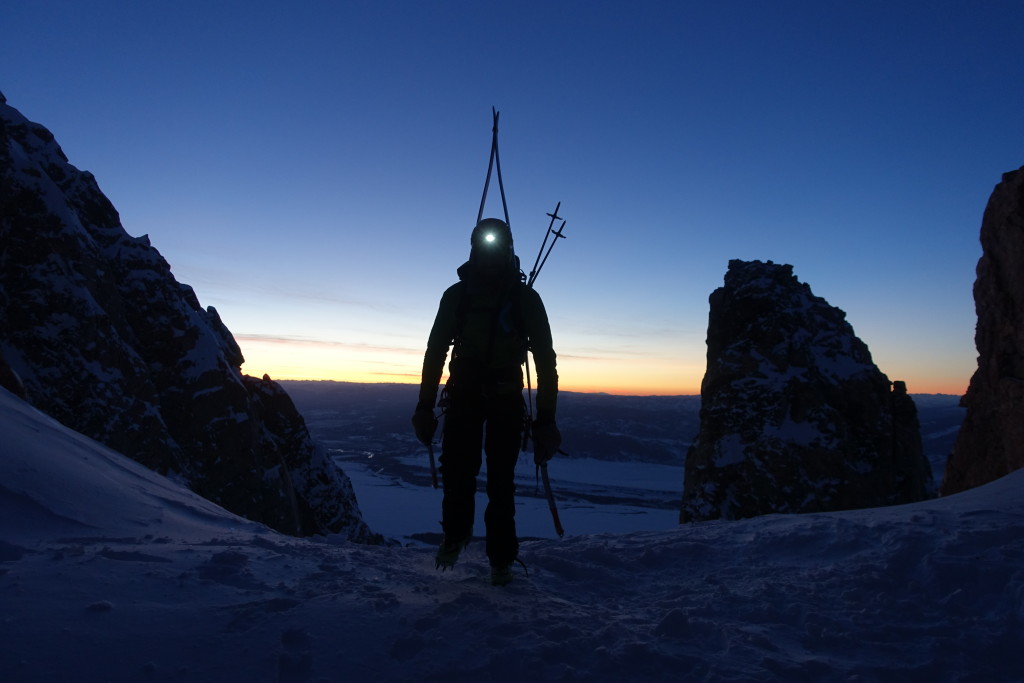
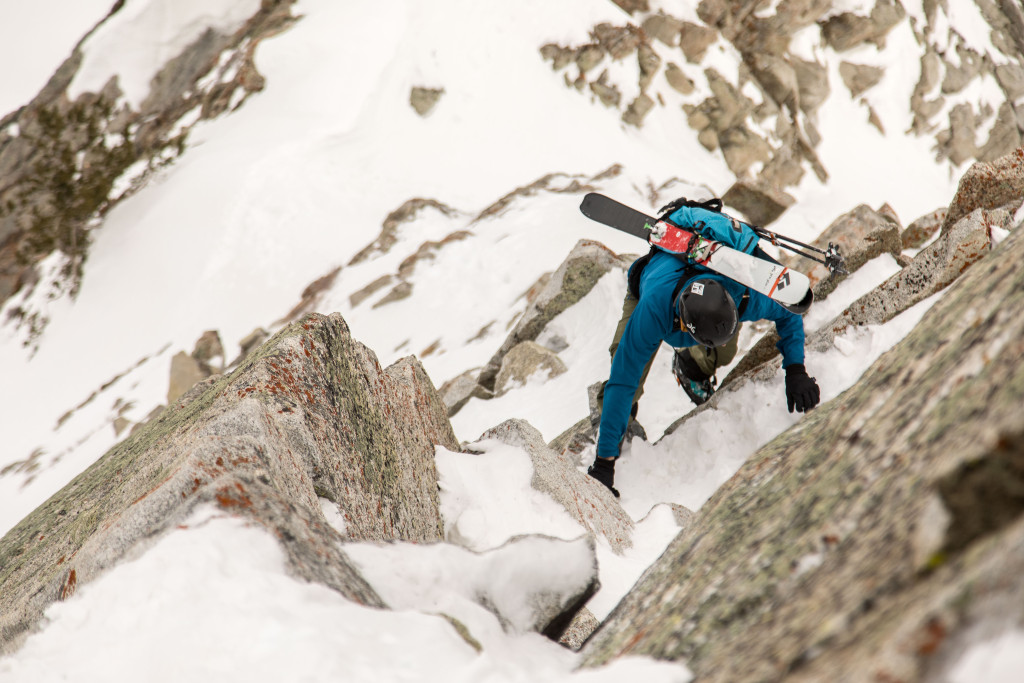
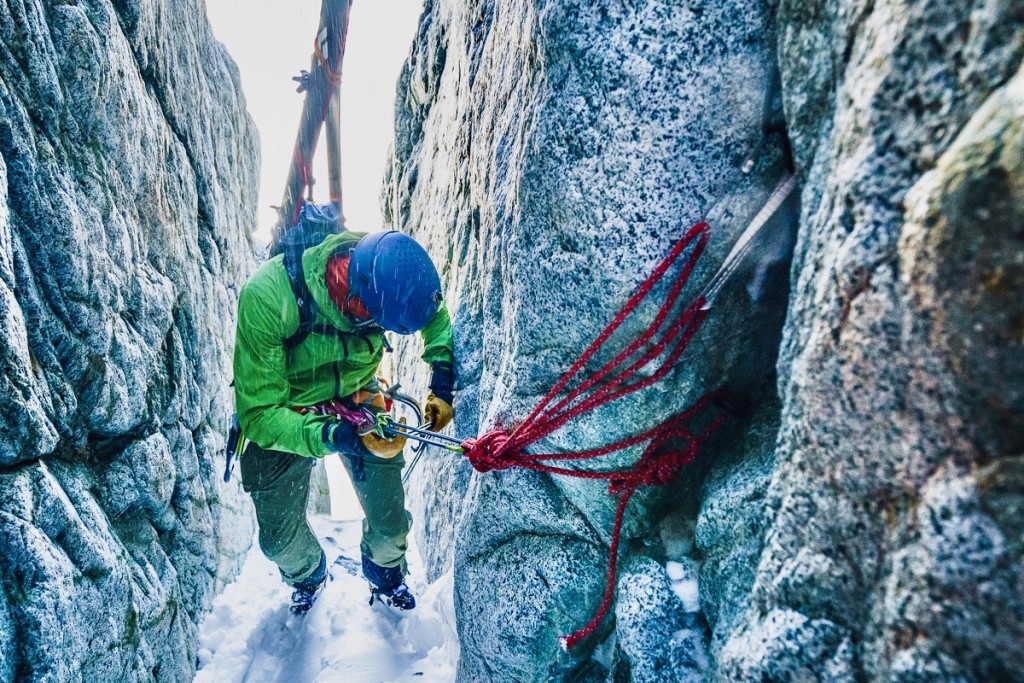
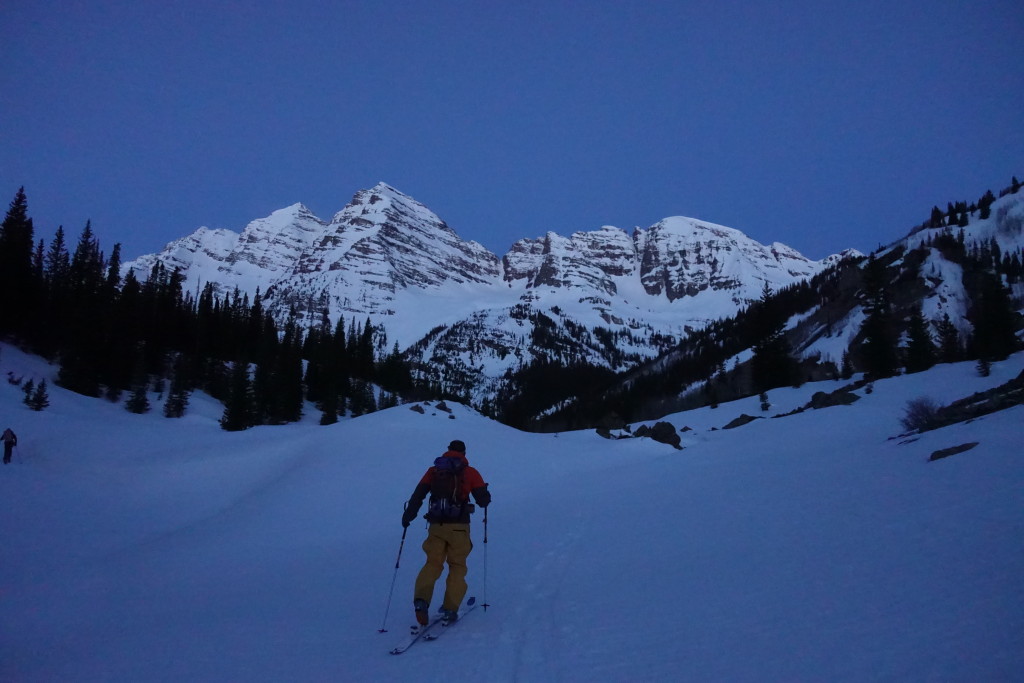
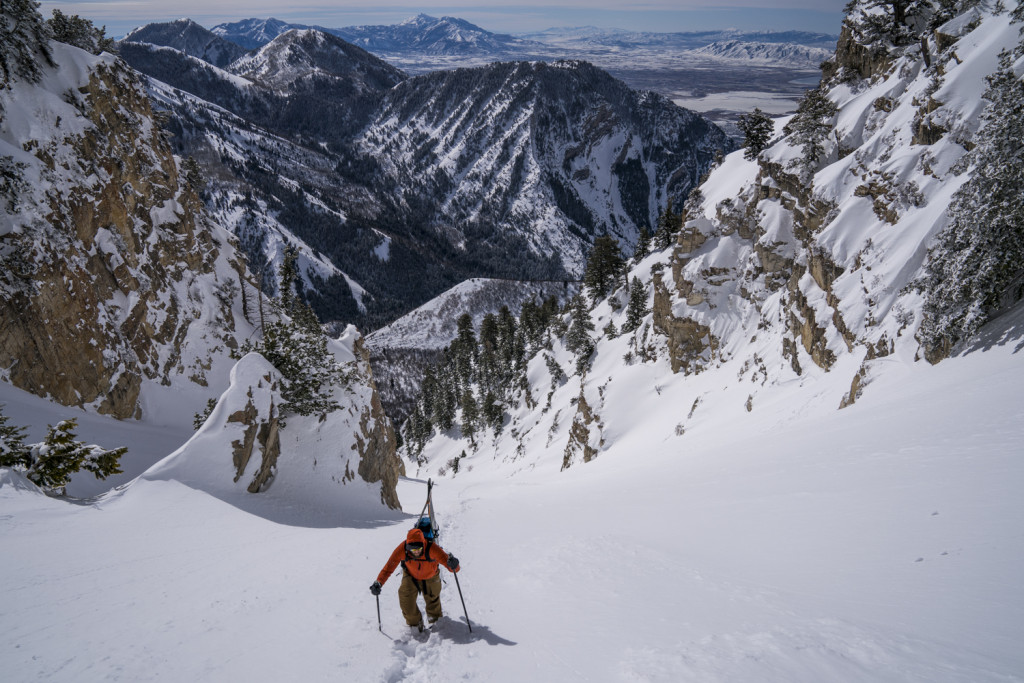
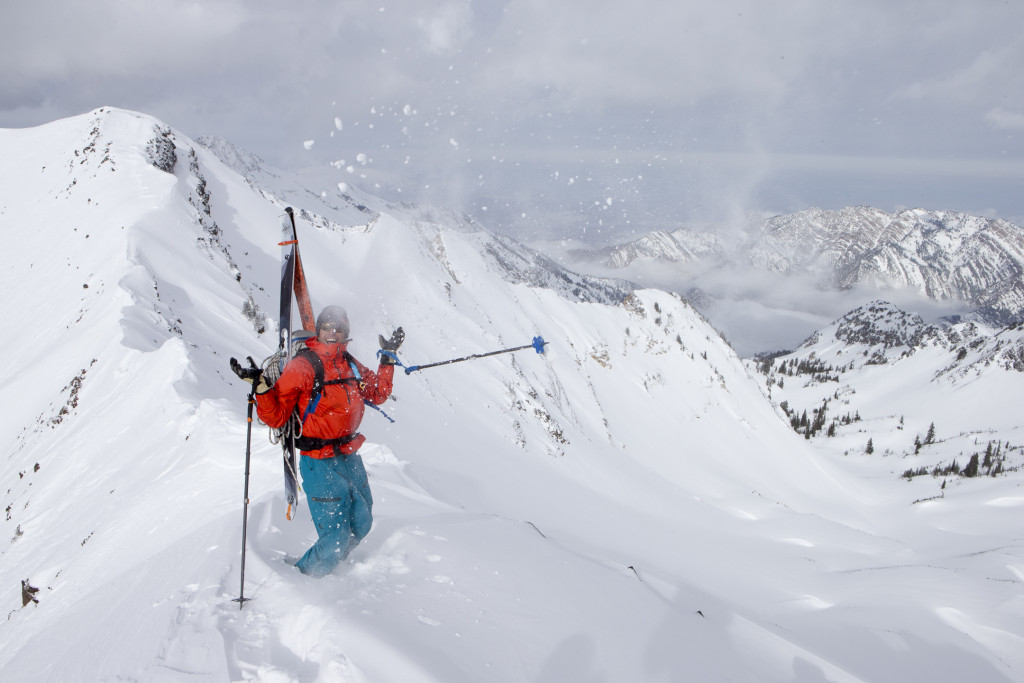
Pfthhhht. YOUR toes don’t get cold.
( and this is a good’n… but then. I’ve always loved to read your voice on this topic.) “be aware and be a good partner in bringing others into the present moment instead of distracting them.” (Ahh.)
I thought you’re USAW talk went well last year. I’m currently battling the “remove content” hill for this year’s event. I will conclude on something like the “seek mastery (but mastery isn;t what you think it is)” point though. Thanks for these thouhgts and words. ~rc
SOD